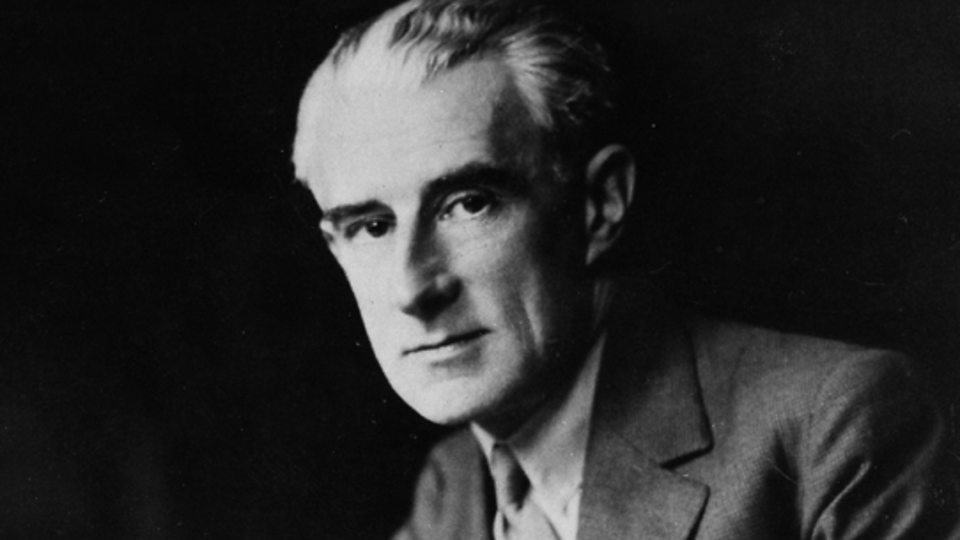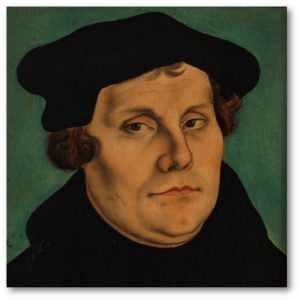
Roots
Roots
Duluth Superior Symphony Orchestra
3/3/2018 @ 7pm DECC Symphony Hall, Duluth, MN
Grieg: Symphonic Dances
Stravinsky: Symphony of Psalms
Ravel: Daphnis and Chloe, Suite No.2
DSSO Chorus
Grieg – Stravinsky -Ravel
In this concert we reach back further and further in time, to find the Roots of each composition: From the folk music inspired melodies of Grieg’s Symphonic Dances to the ancient Greek myth of Daphnis and Chloe, to the Psalms of the Old Testament.
After Beethoven’s Pastoral Symphony had broken new ground with regards to the inclusion of folk music elements into orchestral compositions, the 19th and 20th centuries embraced this concept with ever growing enthusiasm. Edvard Grieg was one of those composers who saw potential in this new concept. His use of folk music in his own works helped to develop Norway’s national identity and elevated him to the status of Norway’s first and foremost composer.
Grieg’s Symphonic Dances were inspired by a collection of folk melodies compiled by Ludvig Mathias Lindeman, a Norwegian composer and organist. Lindeman was a passionate collector of folk tunes and created many works, inspired by these melodies, himself. The four dances that make up Grieg’s work range from upbeat to nostalgic and fully embrace the simplicity and beauty of their Norwegian folk melodies.
For this second chorus concert of the season the DSSO Chorus presents two works that could not be more different. Even though Stravinsky’s Symphony of Psalms and Ravel’s Daphnis and Chloe were composed within just 18 years of each other, their musical language is the opposite. The Symphony of Psalms was composed during Stravinsky’s neoclassical period. Beginning around 1919 Stravinsky started to experiment with composing music that would be based on pieces that were written hundreds of years ago. By adapting these works into his own modern style, he created not just new compositions but a whole new technique of composition. This neo-classical technique became hugely influential over the course of the 20th century and inspired such composers as Darius Milhaud and Francis Poulenc. Some of Stravinsky’s best known works were created in this style: from his ballet Pulcinella to his opera The Rake’s Progress, and from his Symphony in C to the Symphony of Psalms. The Symphony of Psalms was written in three movements, each based on a psalm from the Old Testament (Psalm Nos. 39, 40, 150). And, while there are many compositional elements that reach back to the Renaissance and Baroque periods, the music sounds anything but old. Even as we are hearing a double fugue, the music is clearly Stravinsky: edgy, modern and extremely fun.
As you watch this video you might wonder: Where are the violins? Well, there are none. Stravinsky scored the Psalms for winds, brass, percussion, violas, cellos and basses.
Both Stravinsky and Ravel lived and worked in Paris for many years. In fact they met many times and were very familiar with each other’s work. One of the many mutual friends was the impresario of the famed Ballet Russe, Sergei Diaghilev. Diaghilev had catapulted the young, and very much unknown, Igor Stravinsky to international fame when he commissioned his ballet The Firebird in 1910. Already a year prior Diaghilev had approached Ravel to write a ballet for his troupe as well. But work progressed slowly and Ravel didn’t deliver the finished score until 1912. The new ballet was immediately embraced as a masterpiece of orchestration, with some of Ravel’s most passionate music. Daphnis and Chloe was based on the ancient Greek story of a boy and a girl, each abandoned as newborns, who were raised by two different shepherds and eventually fall in love with each other. The original score was almost an hour long and included a wordless chorus. Inspired by the work’s popularity, Ravel quickly extracted two suites from the ballet that were significantly shorter and could be performed with or without the chorus. The music features the lushest melodies and harmonies that Ravel ever imagined. In every regard this music is the opposite of Stravinsky’s edgy Symphony of Psalms. But put together, these two pieces are a wonderful bouquet of contrast, and choral and orchestral virtuosity.
Here is a version that uses the chorus, just like we will!
[:]


